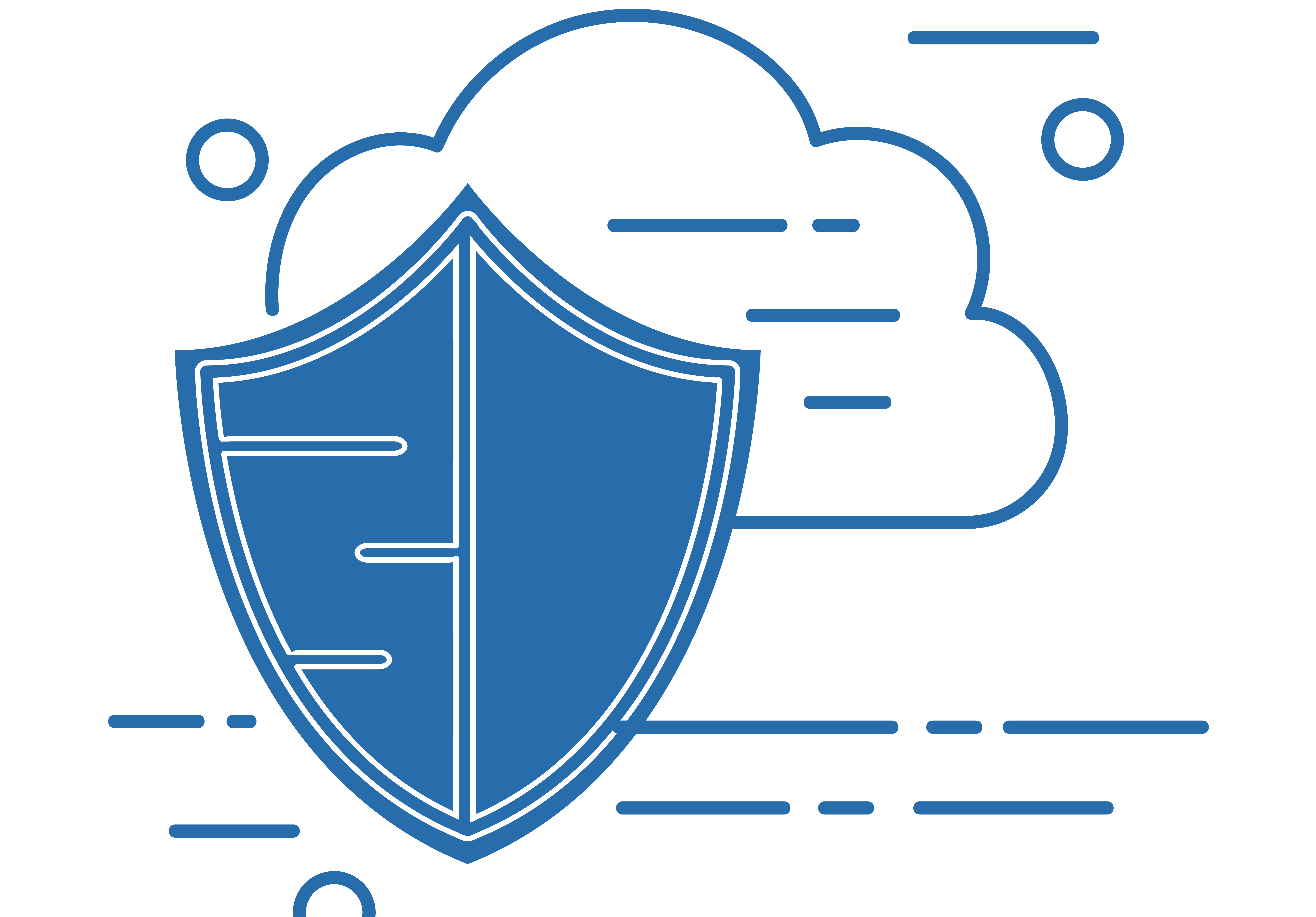What is Program Security

What is Program Security?
Definition: Program security, also known as software security, involves implementing measures to protect computer programs from unauthorized access, attacks, and unintended actions that could compromise the confidentiality, integrity, and availability of data and system resources.
The three pillars of confidentiality, integrity, and availability serve as a guiding framework to address various aspects of security in software development and execution. (Program Security)
- Confidentiality: Ensuring that sensitive information is not disclosed to unauthorized individuals or systems. This involves implementing access controls, encryption, and secure communication channels to protect data from unauthorized access.
- Integrity: Guaranteeing the accuracy and trustworthiness of data and software. Measures such as data validation, checksums, and digital signatures help detect and prevent unauthorized modifications, ensuring the integrity of both data and programs.
- Availability: Ensuring that computer programs and systems are operational and accessible when needed. Availability measures involve designing robust systems, implementing backup and recovery mechanisms, and protecting against denial-of-service attacks.

Secure Program:
Definition: Secure programs are applications or software that are designed, implemented, and configured with security in mind. They follow best practices to mitigate vulnerabilities and resist various types of attacks.
Secure programming involves developing software applications with a focus on preventing security vulnerabilities
Features: Secure programs include features such as input validation, error handling, access controls, and encryption to enhance their security.
Input Validation:
- Secure programs validate all user inputs to ensure that they meet the expected format and constraints. This helps prevent injection attacks and other forms of malicious input.
Error Handling:
- Effective error handling is crucial in secure programs. Error messages should provide minimal information to users and log detailed information for developers, without exposing sensitive details that could aid attackers.
Access Controls:
- Access controls are implemented to ensure that users or processes only have the necessary permissions to perform their intended actions. This prevents unauthorized access and reduces the impact of potential breaches.
Encryption:
- Secure programs use encryption to protect sensitive data during storage, transmission, and processing. This includes encrypting data at rest, using secure communication protocols, and employing techniques like TLS/SSL.
Regular Updates and Patching:
- Security is an ongoing process. Secure programs stay up-to-date with the latest security patches and updates. This includes not only the application code but also the underlying software and dependencies.
Monitoring and Logging:
- Continuous monitoring of the program’s behavior and logging of relevant events enable quick detection of suspicious activities. This is crucial for incident response and forensic analysis in case of a security incident.
Non-malicious Program Errors:
Non-malicious errors, such as programming mistakes or bugs, can inadvertently introduce vulnerabilities. Mitigation strategies include:
- Code Reviews: Regularly review code to catch and fix errors early in the development process.
- Testing: Conduct thorough testing, including unit tests, integration tests, and security testing, to identify and address non-malicious errors.
- Static Code Analysis: Use tools that analyze source code for vulnerabilities and coding errors.
Malicious Codes (Viruses, Worms):
Malicious codes, such as viruses and worms, can exploit vulnerabilities in programs. Prevention and mitigation strategies include:
- Antivirus Software: Install and regularly update antivirus software to detect and remove malicious code.
- Patch Management: Keep software and operating systems up-to-date with the latest security patches to close known vulnerabilities.
- Network Security: Implement firewalls and intrusion detection/prevention systems to monitor and block malicious network traffic.
Trap Doors:
Trap doors are hidden vulnerabilities intentionally inserted into a program. Protection measures include:
- Code Audits: Regularly audit code to identify and remove any trap doors or backdoors.
- Access Controls: Implement strict access controls to restrict who can modify the code and insert potential trap doors.
Salami Attacks:
Salami attacks involve stealing small amounts of resources over time. Mitigation strategies include:
- Monitoring: Implement monitoring systems to detect unusual or unauthorized resource usage.
- Logging: Keep detailed logs of resource usage to identify patterns indicative of salami attacks.
Covert Channels:
Covert channels involve unauthorized communication between processes. Prevention methods include:
- Access Controls: Implement strict access controls to prevent unauthorized processes from communicating.
- Network Segmentation: Isolate network segments to limit communication between processes.
Control Against Program:
To maintain control over programs and ensure their integrity, consider the following measures:
- Code Signing: Sign executable code to verify its authenticity and integrity.
- Code Obfuscation: Obfuscate code to make reverse engineering more challenging for potential attackers.
- Secure Software Development Lifecycle (SDLC): Integrate security practices into the entire software development process, from design to deployment.
Learn Also;

1 Comment
tlovertonet · June 30, 2024 at 11:34 pm
I have recently started a web site, the information you offer on this web site has helped me greatly. Thanks for all of your time & work.